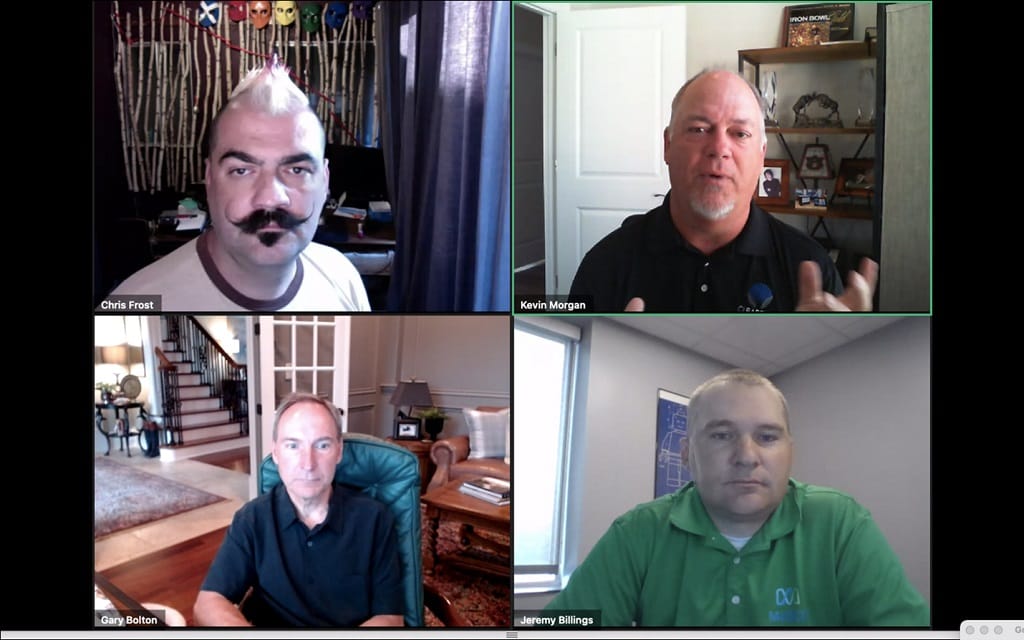Simpler Fiber Connections Reducing Training Demands, Truck Rolls And Cost, Experts Say
New, easier fiber installations could address shortage in trained staff.
Ty Perkins

July 8, 2021—Several companies are touting engineering methods that they say streamlines the fiber deployment process and contributes to lower training costs and addresses the labor shortage problem.
Traditionally, fiber connections require technicians splice the fiber to connect two strands together – either to make a new connection or to repair a severed one.
Companies like Clearfield, Cruzio Internet, and Midco, however, have said they are making it easier for a fiber connection to be made to a premises by effectively avoiding splicing, allowing the companies to save on technician training and addressing the recent labor shortage for installs by using universal blocks that simply plug into a connection point.
Speaking at a Fiber for Breakfast webinar last month, Kevin Morgan, chief marketing officer at Clearfield, which makes fiber management enclosures, said once the initial fiber infrastructure has been laid, a central hub is installed into the house, and then a connector piece links the fiber internet to the hub. It’s then a two-step process to connect homes, significantly saving on technician costs and time, he said.
‘Like Legos for adults’
Jeremy Billings, an engineer at Midco, says that his company sought to simplify the deployment process without sacrificing the quality of connection. They sought to minimize the needed tools and technology involved in internet deployment. They discovered that while traditional internet deployments, such as coax cable, are complicated and time consuming, fiber deployment could be streamlined, thereby making it a much simpler installation process than other competing builds.
Chris Frost, the director of technology and infrastructure at Cruzio Internet, said that universal building blocks are used to connect the fiber distributor, of the central network, to individual homes. “It’s like Legos for adults,” he says.
Addressing labor shortage issues
In May, a broadband expert argued that fiber-based internet would be the only method of deployment that could match modern broadband demand.
And in June, two market experts explained at a Fiber for Breakfast webinar that new technological developments in fiber technology have diminished its deployment cost, as well as have made it more durable and reliable. They predict that more internet service providers will soon turn to purely fiber models in order to meet the growing demand for faster speeds.
However, Jess Heynen from the research firm Dell’Oro Group, predicted that the supply of fiber internet would not meet its demand partly because there would be a lack of trained fiber installer.
“The biggest impediment to getting fiber networks rolled out within a realistic time frame is likely to be a lack of trained worker in the fields of professional services and installation,” Heynen wrote.
Billings said that with the use of universal building blocks and a streamlined installation process, new technicians can be easily trained to perform the job.
He said, because the technicality of the work decreases and you spend less time training new technicians, the associated cost of labor decreases.
Morgan said that his company can supply 100 new homes with just one crew, one truck, all in just one day.









Member discussion